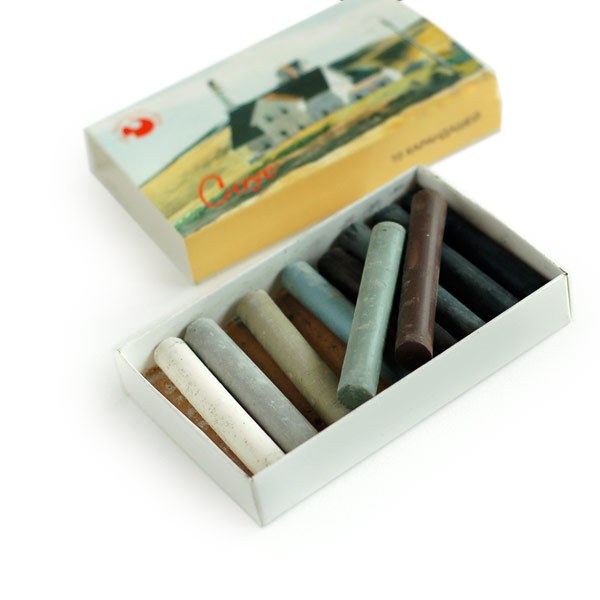Instruction
1
The sauce is a extruded mixture of carbon black, kaolin, chalk and glue, sold in the form of short sticks, wrapped in foil. In their artistic qualities, it resembles a pastel, but more saturated in tone. Has great expressive power and are equally successfully applied to thumbnails and sketches to large works. Sauce exactly fall on the paper, can be applied by stroke and feather, goes well with other materials, such as coal or ink. It has 10 colour shades: white (more suited for drawings on tinted paper), brown, gray, khaki, black (gives a very beautiful, deep, velvety shades from the darkest to lightest) and some others. Draw the sauce in two ways – dry and wet.
2
A dry method. For drawing you can take a smooth paper, but most paper is used on an invoice basis. Work dry sauce about the same as coal. The transition from dark tones to lighter is achieved by rostoski – pointed fingers, a tightly rolled from cut triangle paper strips. Dry sauce are the main forms of the picture, and the details applied by the Italian pencil. Drawings made in the dry way, fix varnish, kept under glass, or shift a thin paper.
3
To draw in the wet way easier. Take a thick, grainy paper. Break off a piece of sauce and put it in a container with a small amount of water. The less water, the more intense will be the color. Taken brush like watercolors. Prepare another supplementary sheet, on which you can test the saturation of the paint on the brush. Drying the sauce is fixed on the paper, but it is easily erased by the elastic band, good shade, so the transitions from tone to tone are made dry. Fine details are drawn with watercolor brushes, a wide plane – bristle. Drawings made wet sauce, the fixation is not needed.
4
Often these two methods are combined in one figure. To do this, first apply the shades wet sauce from light to dark. Small parts are drawn in the dry way.
